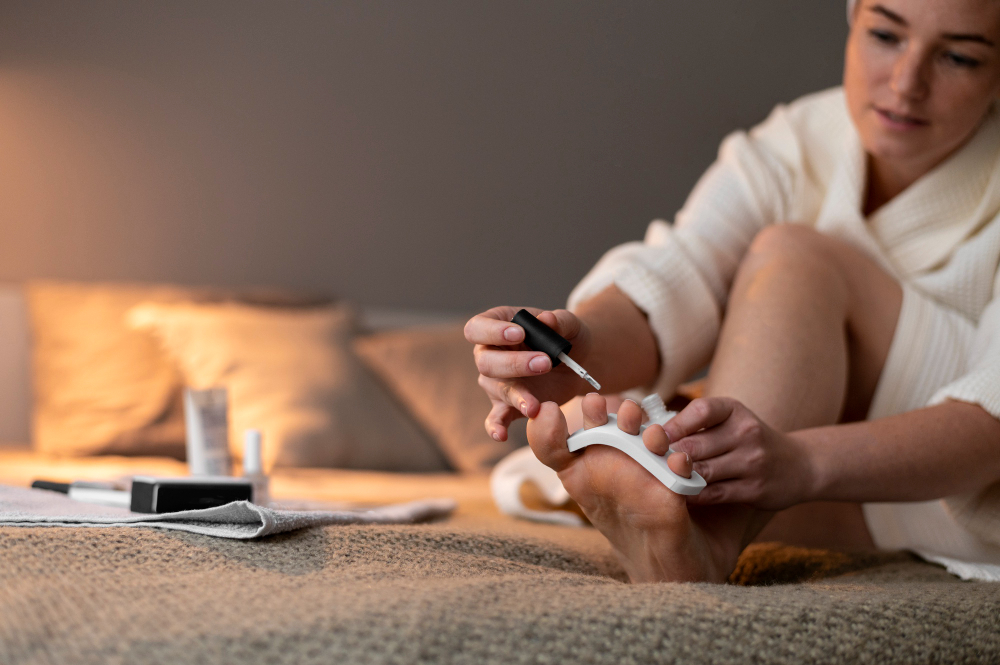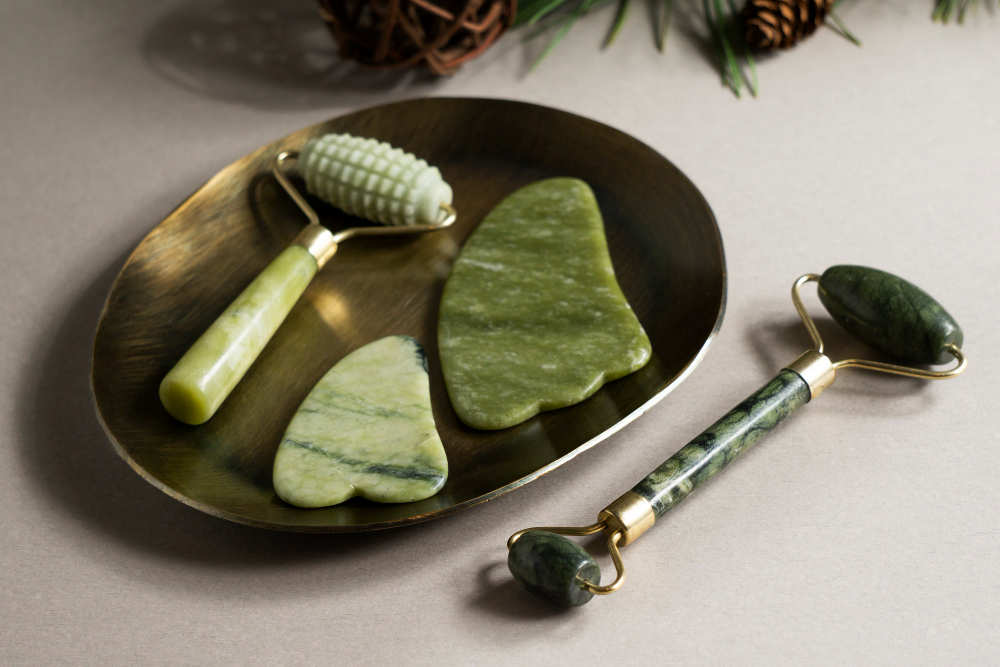Imagine the sensation of slipping your feet into a pair of plush slippers after a long day, only to be met with the rough, sandpaper-like feel of calloused heels and dry, cracked skin. It’s a common struggle, a daily annoyance that many of us simply accept. But what if you could unveil a layer of softness, revealing the smooth, revitalized feet you deserve? That’s the promise of a foot peel, a transformative treatment that goes beyond a simple pedicure, offering a deep, rejuvenating experience.
Why Your Feet Deserve More Than Just a Pedicure: The Unsung Heroes of Our Daily Lives
We often neglect our feet, those unsung heroes that carry us through life’s daily adventures. But they endure a lot, from the friction of shoes to the harshness of dry environments. A foot peel isn’t just a beauty indulgence; it’s a therapeutic ritual that addresses the root cause of roughness and calluses, revealing the softer, healthier skin beneath. It’s a chance to give back to the foundations that carry us through life.
The Science Behind the Softness: Understanding Foot Peel Ingredients and Their Transformative Power
A foot peel isn’t magic; it’s science. These treatments rely on a carefully curated blend of ingredients that work synergistically to exfoliate and nourish. Let’s break down the key players and their specific roles:
- Alpha Hydroxy Acids (AHAs): Think glycolic acid and lactic acid – gentle exfoliants that dissolve the bonds between dead skin cells, allowing them to slough off naturally. These acids work on the surface layers of the skin, providing a smoother texture and brighter appearance.
- Beta Hydroxy Acids (BHAs): Salicylic acid, a BHA, penetrates deeper into the skin’s layers, tackling stubborn calluses and unclogging pores. This is crucial for those with thick, hardened skin, as it breaks down the keratin that forms calluses.
- Plant Extracts: Aloe vera, tea tree oil, and various fruit extracts provide soothing, hydrating, and antioxidant benefits, ensuring your feet aren’t just exfoliated, but also pampered. These natural ingredients can help calm irritation, reduce inflammation, and promote healing.
- Moisturizing Agents: Ingredients like hyaluronic acid and glycerin lock in moisture, preventing dryness and promoting long-lasting softness. These agents are vital for maintaining the skin’s barrier function and preventing further dryness and cracking.
Choosing the Right Foot Peel for Your Unique Needs: Navigating the Options
Not all foot peels are created equal. Consider these factors to find your perfect match:
- Skin Sensitivity: If you have sensitive skin, opt for a foot peel with gentle AHAs and soothing plant extracts. Avoid products with harsh chemicals or high concentrations of acids.
- Callus Severity: For thick, stubborn calluses, choose a foot peel with a higher concentration of BHAs. These will provide a more intense exfoliation.
- Desired Results: Are you looking for a gentle exfoliation or a dramatic peeling experience? Choose a product that aligns with your expectations. Read reviews and product descriptions to understand the intensity of the peel.
- Application Time: Some foot peels require longer application times than others. Consider your schedule and choose a treatment that fits your lifestyle.
- Post-Peel Care: Understand the aftercare instructions and choose a product that aligns with your routine. Some peels require more intensive moisturizing than others.

The Foot Peel Ritual: A Step-by-Step Guide to Transformation and Self-Care
- Prepare Your Canvas: Begin by soaking your feet in warm, soapy water for 10-15 minutes to soften the skin. This allows the foot peel to penetrate more effectively.
- Apply the Magic: Carefully apply the foot peel solution or mask, ensuring even coverage. Pay attention to areas with thick calluses.
- Seal the Deal: Secure the booties around your feet and relax for the recommended time. Use this time to unwind and practice self-care.
- Rinse and Reveal: Remove the booties and rinse your feet with warm water. Gently pat them dry.
- The Waiting Game: Over the next few days, the peeling process will begin. Resist the urge to pick at the skin! Let it shed naturally.
- Hydrate and Nourish: Once the peeling is complete, apply a rich, moisturizing lotion to your feet daily. This will maintain the softness and prevent dryness.
Addressing Common Concerns and FAQs: Expert Tips and Solutions
- “My feet are peeling too much!” This is normal! Avoid picking at the skin and allow it to peel naturally. If you are concerned, consult a dermatologist.
- “My feet feel dry after peeling!” Apply a rich, moisturizing lotion daily to combat dryness. Look for lotions with ingredients like shea butter or ceramides.
- “Can I use a foot peel if I have sensitive skin?” Yes, but choose a product with gentle ingredients and perform a patch test first.
- “How often should I use a foot peel?” Generally, every 4-6 weeks is recommended, but this can vary depending on your skin type and the product.
- “Can I walk around while wearing the booties?” It is best to avoid walking while the booties are on, to prevent slipping, and to keep the product in full contact with the feet.
Conclusion: A Step Towards Renewal and Self-Care
A foot peel is more than just a quick fix; it’s a dedicated act of self-care that can transform the health and appearance of your feet. By understanding the ingredients, choosing the right product, and following the steps carefully, you can achieve the soft, smooth feet you’ve always desired.


